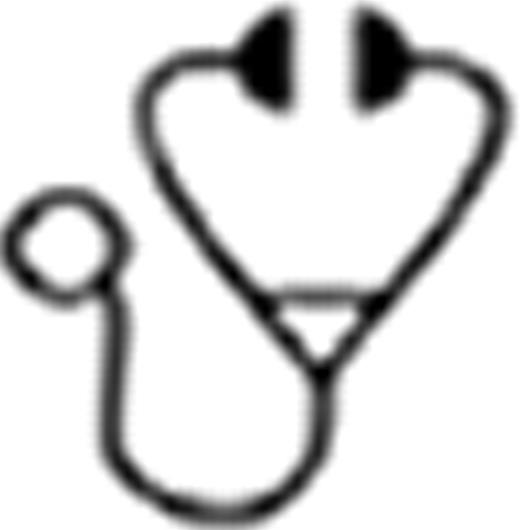Abstract
Abstract  669
669
Children with Down syndrome (DS) have a higher risk for developing not only acute lymphoblastic leukemia (ALL) but also significant adverse effects of chemotherapy compared to the overall pediatric population. Currently, it is unknown how children with DS, who develop a relapse of ALL, respond to treatment protocols that were optimized in the pediatric population without DS. We hypothesized that a concomitant diagnosis of DS is an independent prognostic factor of survival after treatment for relapsed ALL and that decreased tolerance of therapy impairs the success of relapse treatment in children with DS.
The probability of event-free (EFS) and overall survival (OS) and the causes of treatment failure were determined for 51 children with DS and a matched cohort of 102 children without DS among 2736 children and young adults (up to 22 years of age) who were treated for relapsed ALL on a series of clinical trials conducted by the ALL-REZ-BFM Study Group between 1983 and 2012.
Among children with DS, who were enrolled on clinical trials of the ALL-REZ-BFM Study Group, ALL relapse more frequently exhibited favorable prognostic characteristics compared to the unmatched population of 2579 patients without DS. High risk forms of relapse were less frequent among children with DS (risk group S4, 10 vs. 28%, p<0.001) including relapse at a very early and early time point (35 vs. 56%, p<0.001). A higher proportion of relapse in DS involved the bone marrow (94 vs. 83% p<0.001). Transcripts of ETV6-RUNX1 or BCR-ABL1 were detected in none of the cases of relapsed ALL in DS compared to 20% (231/895, p<0.001) and 6% (83/1379, p=0.02) of cases in the population without DS. Treatment for relapsed ALL in children with DS less frequently included irradiation (of the central nervous system or total body) and hematopoietic stem cell transplantation compared to the matched non-DS group (28 vs. 70%, p<0.001, and 15 vs. 40%, p=0.002), respectively. Despite the apparent favorable risk profile, EFS and OS were lower in children with DS than the matched control group without DS (EFS 16 ± 08% vs. 39 ± 06%, p=0.005; OS 17 ± 08% vs. 48 ± 06%, p<0.001). Fatal adverse events of treatment developed more frequently in children with DS than the control group (36 ± 07% vs. 9 ± 03%, p<0.001). In contrast, the cumulative incidence of a subsequent relapse was similar in both groups (32 ± 07%, DS vs. 36 ± 05%, non-DS, p=0.373). The proportion of children with DS registered on clinical trials for relapsed ALL after frontline treatment on ALL-BFM trials showed an increase over time (from 1 registered vs. 1 non registered patient in ALL-BFM 81 to 18 registered vs. 8 non registered patients in ALL-BFM 2000). Furthermore, the proportion of patients with high risk relapse features (S4 group) and DS increased from 5 to 15%. During the more recent study period (2000–2012) EFS and OS were no longer significantly different in children with and without DS (EFS 30 ± 09% vs. 35 ± 09%, p=0.403; OS 30 ± 11% vs. 51 ± 08%, p=0.158).
DS was an independent prognostic factor of outcome after relapse of ALL in multivariate analysis.
A higher rate of induction deaths and treatment-related mortality was the main barrier to successful outcomes of relapse therapy in children with DS whereas relapse rates were not different from patients without DS. An increased representation of children with DS including those with high risk features in recent time suggests that access to clinical trials for relapsed ALL has been successfully broadened for children with DS. Specific optimization of treatment modifications and supportive care have improved survival in children with DS and are suggested to further decrease the number of fatal treatment-related events during relapse therapy in this group.
No relevant conflicts of interest to declare.
Author notes
Asterisk with author names denotes non-ASH members.

This icon denotes a clinically relevant abstract

